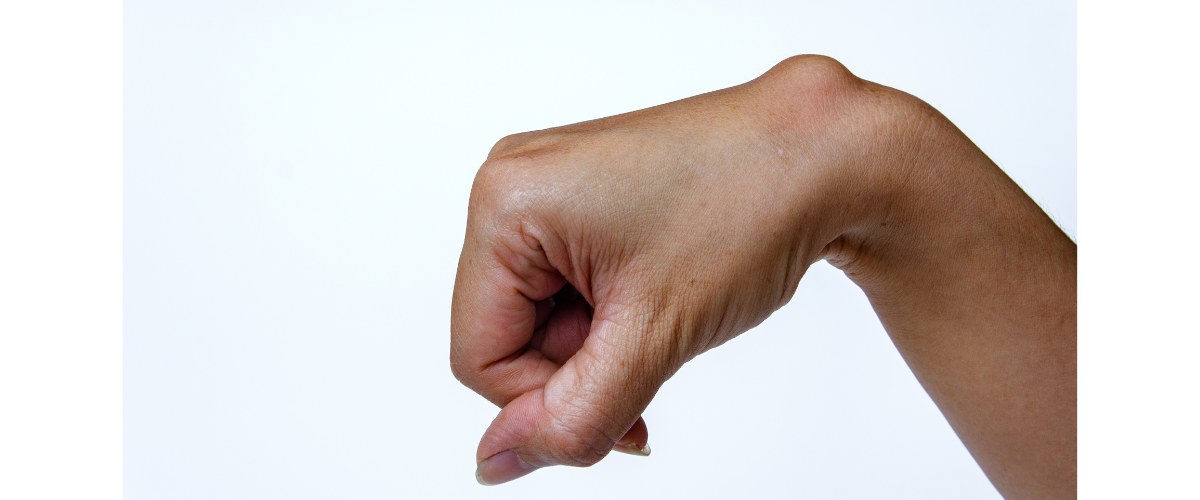If you’re in North Yorkshire and have just had a ganglion cyst removed — a common procedure for those bothersome lumps and bumps — this guide will help you navigate your recovery period with ease and comfort.
Before the Surgery
- Organise a Ride: Ensure someone is available to take you home post-surgery.
- Prepare Meals: Cook and store meals in advance, selecting comforting and nutritious options. Eating healthy meals post-surgery helps the body recover faster.
- Stay Active: Maintain light physical activity, such as walking, to prepare your body for the surgery.
The Day Before Your Surgery
- Fasting: Refrain from eating solid foods after midnight, but clear liquids are okay up to three hours before surgery.
- Water: Keep yourself hydrated. Drink plenty of water. Keeping yourself well-hydrated helps with recovery post-surgery.
- Alcohol: Do not consume alcohol in the days leading up to the surgery.
- Pack Your Essentials: Get your hospital bag ready with all necessary items.
On the Day of Surgery
Arrival at the Hospital: Arrive on time and with all your prepared items.
Home Care After Surgery
- Limiting Activities: For a couple of weeks, avoid strenuous activities, especially those that involve repetitive hand or wrist movements.
- Showering and Wound Care: You may shower after 24 to 48 hours post-surgery, but keep the incision dry. Baths and swimming should be postponed until approved by your doctor.
- Diet: Return to your normal diet as you feel able. If you have an upset stomach, opt for bland, low-fat foods like rice, chicken, toast, and yoghurt.
Swelling Management
- Ice Application: Apply ice or a cold pack to the swollen area for 10 to 20 minutes, repeating every 1 to 2 hours for the first 3 days or until the swelling decreases. Always use a cloth barrier between the ice and your skin or splint.
- Elevation: Keep the operated area elevated on a pillow, above heart level, for the first 2 to 3 days to help reduce swelling.
When to Contact Your Doctor
It’s important to know when to seek medical advice. Contact your healthcare provider if you experience any of the following:
- Persistent Pain: Pain that doesn’t improve even after taking medication.
- Incision Issues: Loose stitches, an open incision, or if bright red blood soaks through the bandage.
Signs of Infection:
- Increased pain, swelling, warmth, or redness around the site. – Red streaks extending from the incision.
- Pus or any discharge from the incision.
- Development of a fever.
Changes in Skin and Sensation
- The area becomes cool, pale, or changes colour.
- Tingling, weakness, or numbness in the affected area.
- Inability to move the affected area.
Splint Concerns:
If the splint feels excessively tight.
Easing Back to Normal Life
- Gradual Activity Resumption: Slowly reintegrate into your daily activities, enjoying Yorkshire’s serene environment.
- Attend Follow-up Appointments: Ensure you attend all scheduled post-operative check-ups for a smooth and monitored recovery.
This comprehensive guide is designed to help you through your post-surgical period following a ganglion cyst removal. Adhering to these instructions can lead to a quicker and more comfortable recovery, letting you soon return to the beauty and activities of Yorkshire.

